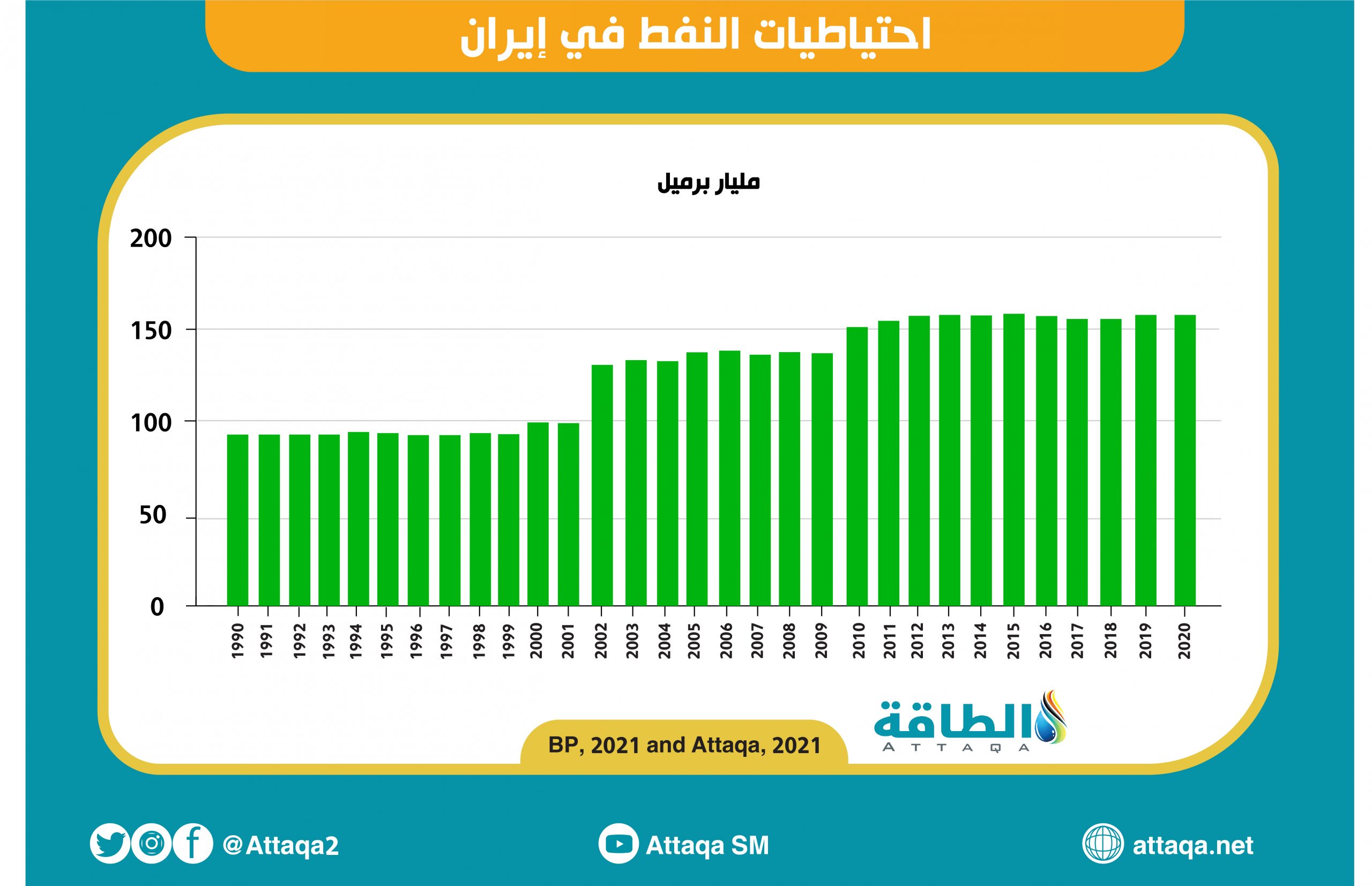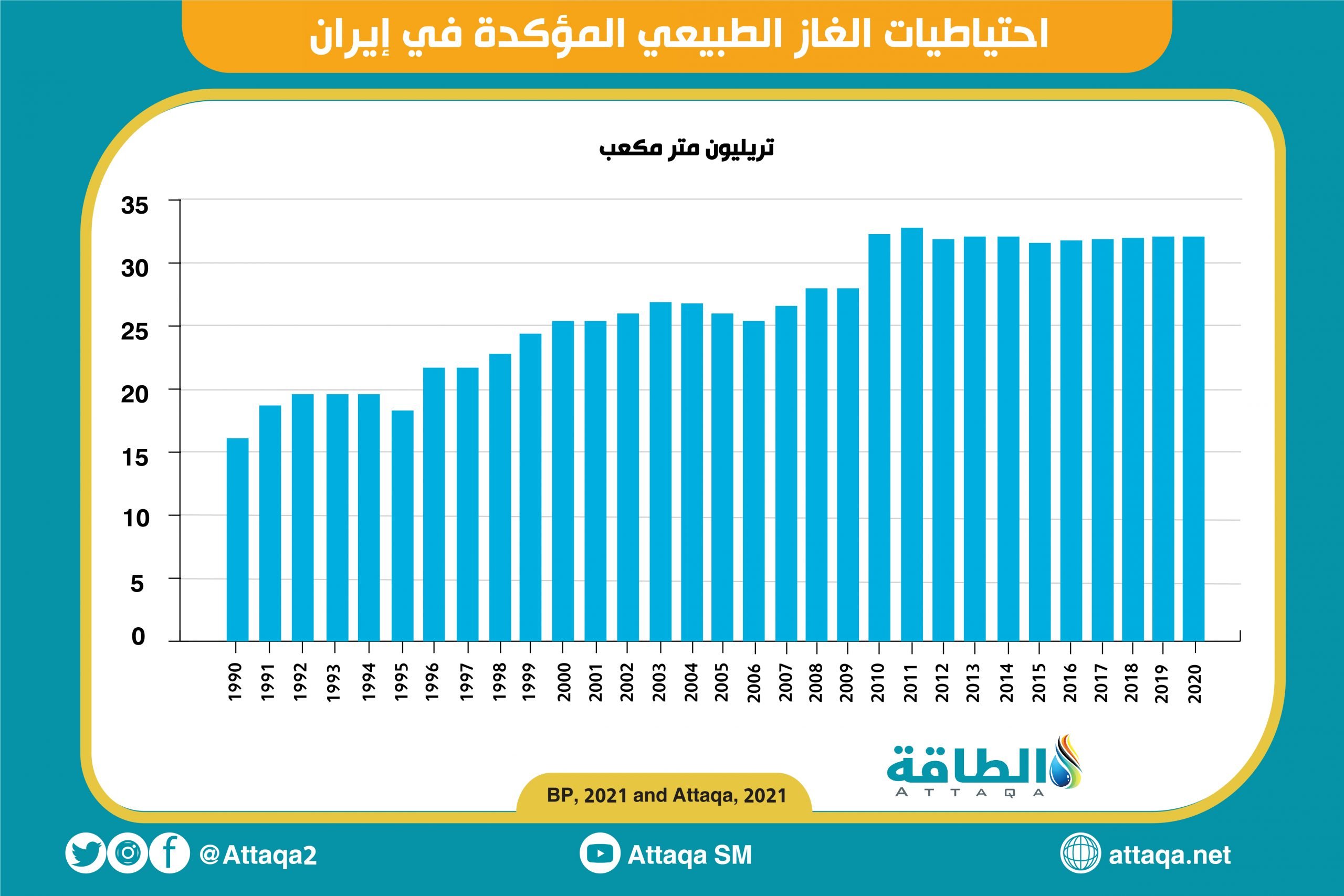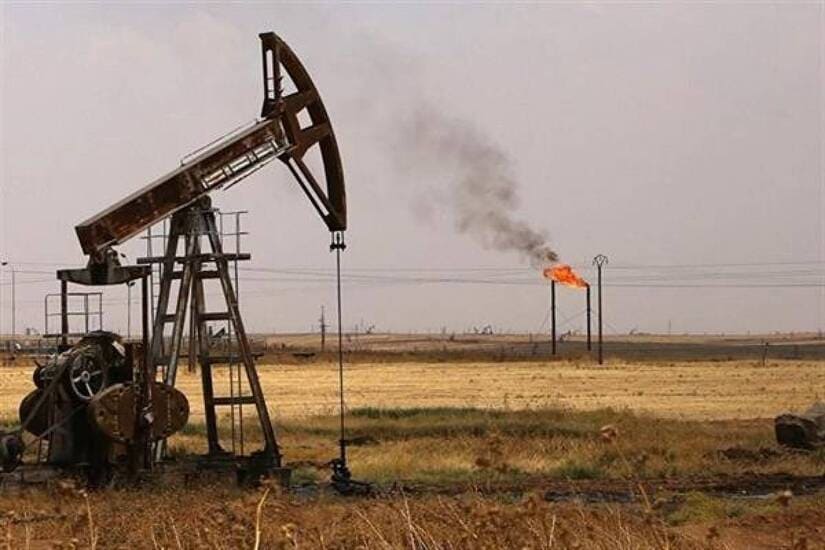Iranian oil received a new impetus as part of government efforts to boost production, in order to reach the target of 5.7 million barrels per day.
Iran’s state oil company has awarded contracts worth $500 million to local companies to revive low-production oil wells in the country, according to the Iranian news agency Mehr.
This announcement comes two months after the National Iranian Oil Company denied rumors that it would use the services of Russian and Chinese companies to revive low-yield or inactive oil wells in Iran, according to information seen by the specialized energy platform.
The Iranian Petropark Company – affiliated with the Ministry of Oil and responsible for innovation and technology projects – will supervise the work of local start-ups and small companies in low-productivity oil wells.
Plan to boost Iranian oil production
The CEO of the National Iranian Oil Company, Mohsen Khojast Mehr, said that about 750 low-yield oil wells will be revived throughout Iran, according to contracts signed with dozens of small Iranian companies.
Khojast Mehr said that reviving the low-yielding oil wells will help the National Iranian Oil Company increase its production by about 230,000 barrels per day, or about 83 million barrels annually.
He indicated that each company will be assigned restoration work with a maximum of 5 low-productivity oil wells, within the framework of the contracts signed on Tuesday.
He continued, “We have assessed, identified and examined the risks of the wells, and based on that they have been classified as high, medium and low risk wells; up to 5 wells can be awarded to each company to revive them according to their capacity.”
Oil Ministry figures show that restoring a low-producing oil well costs about $1 million, about 90% cheaper than developing a new oil well.
The following graph – prepared by the specialized energy platform – shows Iranian oil production from 2019 to 2022:
The goal of production.. and bartering Iranian oil
The project is part of the National Iranian Oil Company’s efforts to boost its daily production and exports of crude oil, despite US sanctions that have targeted Iran’s oil sales and investments in developing new oil fields.
Khojast Mehr said that Iran seeks to reach a daily oil production target of 5.7 million barrels per day by 2028, according to statements reported by the Mehr news agency.
This comes at a time when the Iranian company’s current production figure is about 2.6 million barrels per day, down from more than 3.8 million barrels per day that the company reported before the United States imposed its sanctions on Iran in 2018.
Iran is counting on selling 1.4 million barrels per day of crude oil at $85 per barrel under next year’s budget law, in part by using the barter system, with a public draft approved by parliament on January 22.
The Iranian Students News Agency (ISNA) quoted President Ebrahim Raisi as saying in a speech he delivered before the council that the next year’s budget expected that the oil barter would generate income, according to what was reported by the “S&P Global” platform.
Sales of crude oil and petroleum products for the new year – which will start in March 2023 – will reach $26 billion, based on the price set by the state, according to the new budget, which means that the country expects its oil income to rise by 25% compared to the current year in local currency terms.
Oil and gas reserves in Iran
In another context, the US Department of Energy highlighted that Iran has the third largest oil reserves in the world, and the second largest reserves of natural gas.
And the US Energy Information Administration – affiliated with the Department of Energy – stated that the total Iranian oil reserves were estimated at 209 billion barrels at the end of 2021, in its latest report on global oil and gas reserves, which was reviewed by the specialized energy platform.
The report stated that Iran is the fifth largest producer of crude oil in OPEC in 2021, and the third largest producer of natural gas in the world in 2020.
At the end of 2021, Iran accounted for 24% of the oil reserves in the Middle East and 12% in the world, according to the report.
Iran exported nearly 840,000 barrels per day of petroleum products in 2021, which is an increase from about 700,000 barrels per day in 2020. LPG, fuel oil, and gasoline accounted for about 74 percent of total petroleum product exports.
The following graph – prepared by the specialized energy platform – shows the proven oil reserves in Iran:

Iranian oil production
Despite ample reserves, Iranian oil production has declined since 2017, as the oil sector has been exposed to underinvestment and international sanctions for several years.
Iranian crude oil production reached its lowest level in 30 years in 2020 as a result of these sanctions and the economic effects of the coronavirus pandemic, and then production increased slightly in 2021 due to the increase in global demand for oil.
Despite continuing sanctions on its oil exports, Iran shipped more crude oil, mainly to China, in 2021.
If sanctions are lifted, Iran’s oil production could return to full capacity, which the Energy Information Administration estimates at 3.7 million barrels per day.
natural gas in Iran
Iran’s proven natural gas reserves reached 1.203 trillion cubic feet in December 2021, second only to Russia, according to the Energy Information Administration report.
Iran has 17% of the world’s proven natural gas reserves, and nearly half of OPEC’s reserves.
Iran was also the third largest producer of dry natural gas in the world, after the United States and Russia, in 2021.
Despite sanctions restricting investment and hindering natural gas development in Iran, dry natural gas production increased by more than 60% between 2011 and 2021, expanding to nearly 8.8 trillion cubic feet.
In 2021, Iran was the fourth highest consumer of natural gas in the world after the United States, Russia and China, and most of Iran’s natural gas production is consumed domestically.
The following graph – prepared by the specialized energy platform – shows the proven gas reserves in Iran:

related topics..
Also read..

Leave a Reply